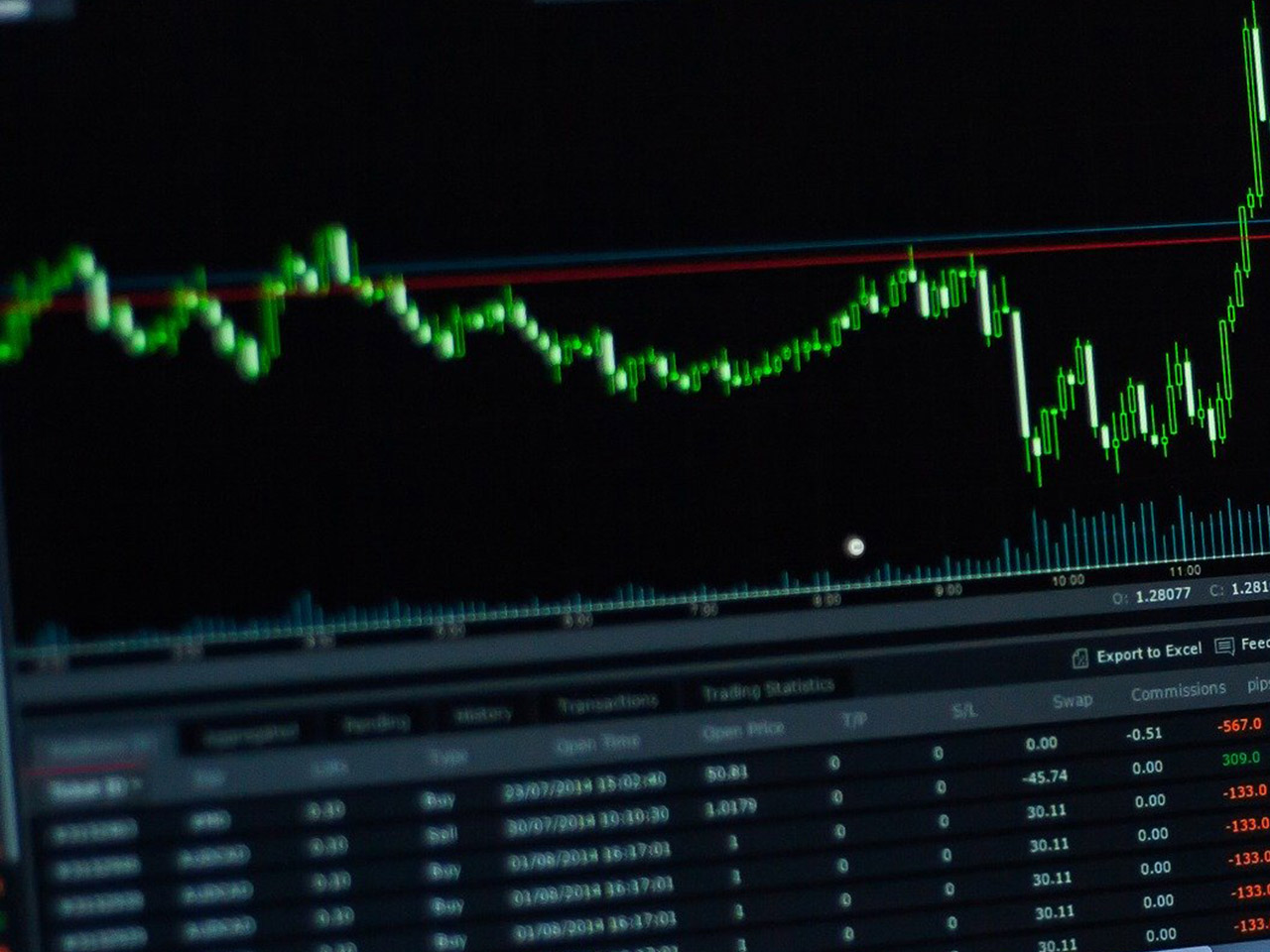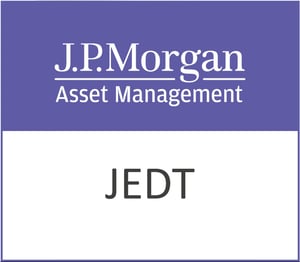Smithson Investment Trust plc (SSON.L) has recently caught the eye of many investors, given its impressive market capitalisation of $1.82 billion, despite the absence of crucial financial metrics. With shares currently priced at 1534 GBp, the trust has demonstrated resilience in a volatile market, as evidenced by its 52-week range of 14.64 to 1,568.00 GBp. This suggests a strong recovery trajectory, nearing its one-year high, offering an intriguing proposition for long-term investors.
The investment trust’s performance indicators, such as the 50-day and 200-day moving averages, reveal an upward momentum. The 50-day moving average stands at 1,128.12 GBp, significantly below the current price, while the 200-day moving average is 1,379.89 GBp. These figures indicate a bullish sentiment, supported by the Relative Strength Index (RSI) of 82.89, which suggests that the stock is currently overbought. The Moving Average Convergence Divergence (MACD) value of 182.97, coupled with a signal line of 142.48, further corroborates the strong upward trend.
Despite the robust technical performance, Smithson Investment Trust’s financial data lacks traditional valuation metrics such as the P/E ratio, PEG ratio, and Price/Book ratio. This absence might be attributed to its unique investment approach or the nature of its asset holdings, which could be more growth-oriented rather than income-generating. Similarly, details on revenue growth, net income, and return on equity remain undisclosed, leaving potential investors seeking more transparency in its financial disclosures.
Dividend information also remains unspecified, with no dividend yield or payout ratio available. This could indicate a reinvestment strategy, where earnings are potentially channelled back into the trust to fuel further growth rather than distributed as dividends. Such a strategy might appeal to investors focusing on capital appreciation over income generation.
Interestingly, Smithson Investment Trust is not currently rated by analysts, with no buy, hold, or sell ratings available. This lack of external evaluation could suggest an under-the-radar opportunity, allowing investors to rely more on their independent analysis and due diligence when considering an investment in this trust.
For those looking to diversify their portfolio with an investment trust that offers significant growth potential, Smithson might be of interest. However, the absence of comprehensive financial metrics necessitates a cautious approach, with investors needing to weigh the trust’s market performance against the lack of available data. As always, understanding the underlying assets and the management’s strategic vision will be crucial in determining its suitability for your investment goals.









































